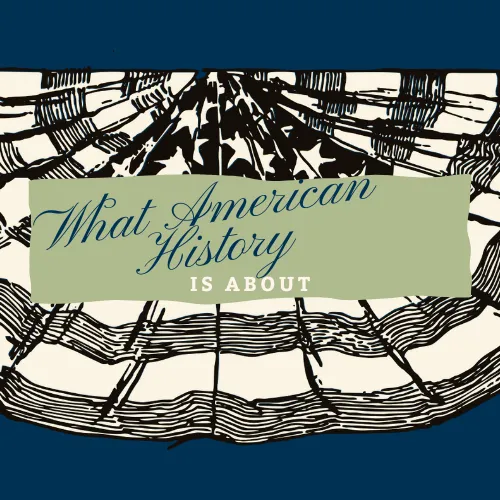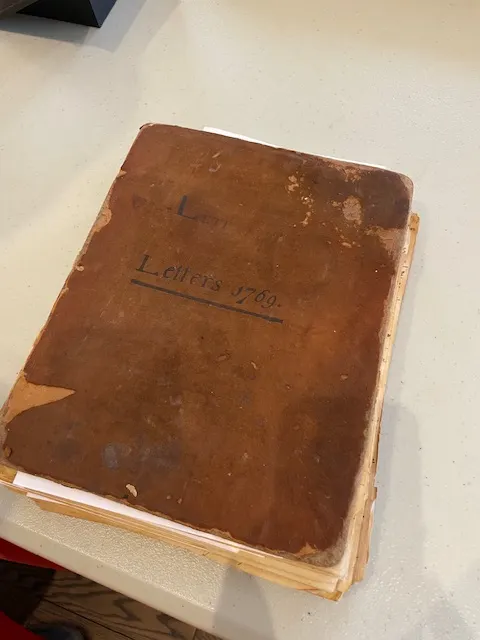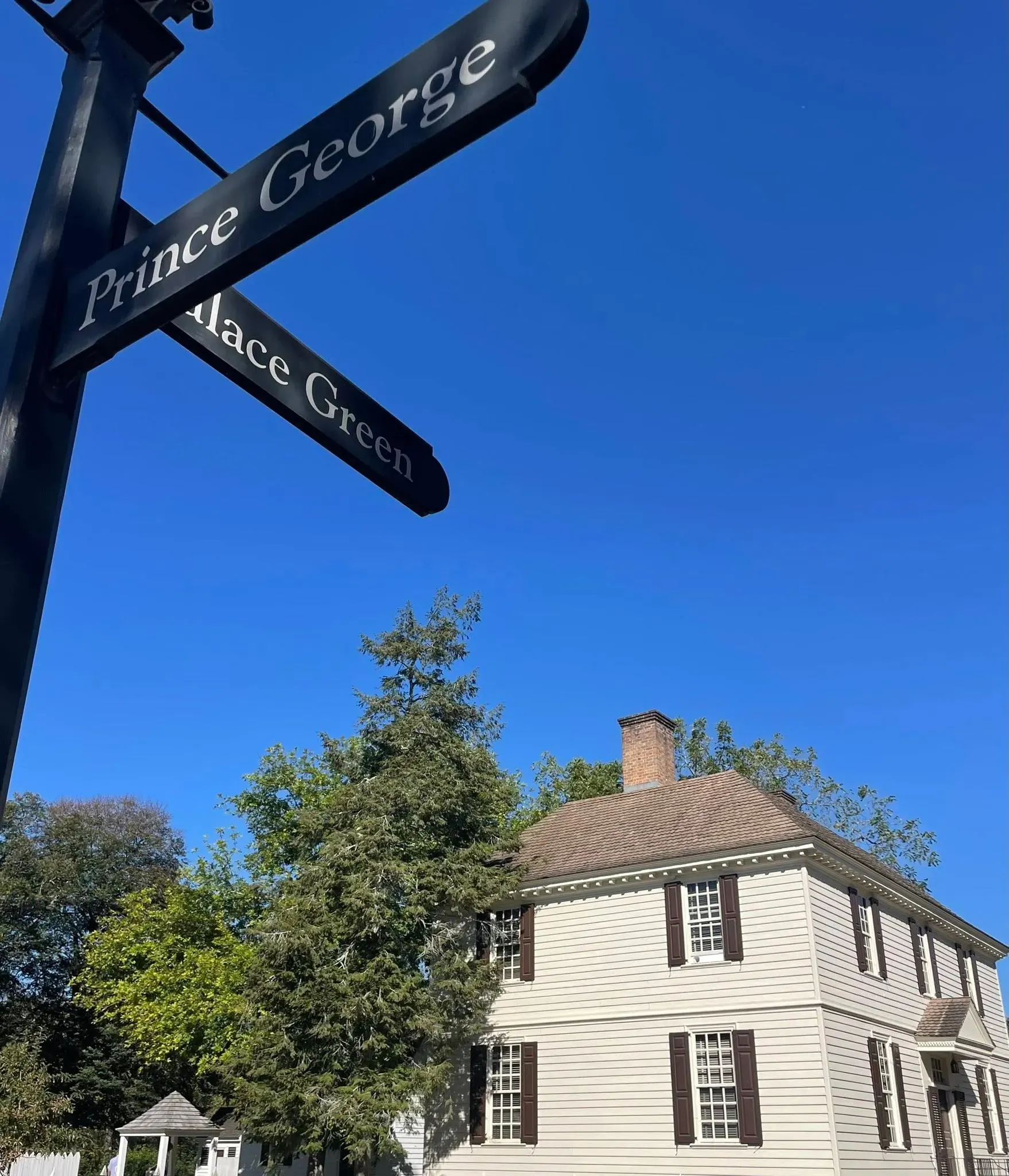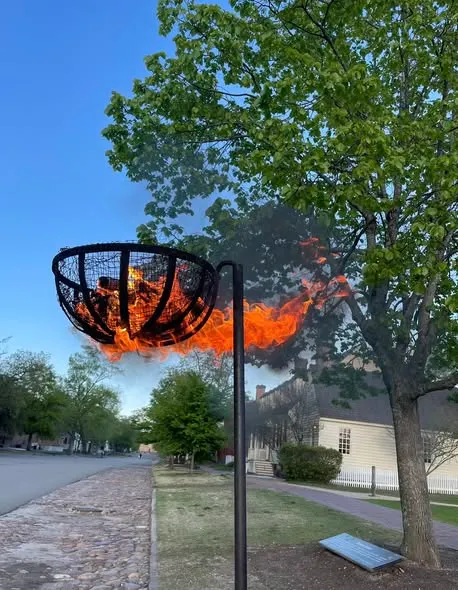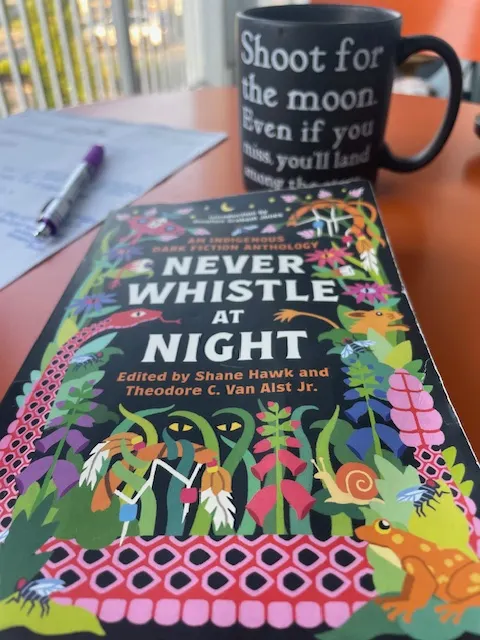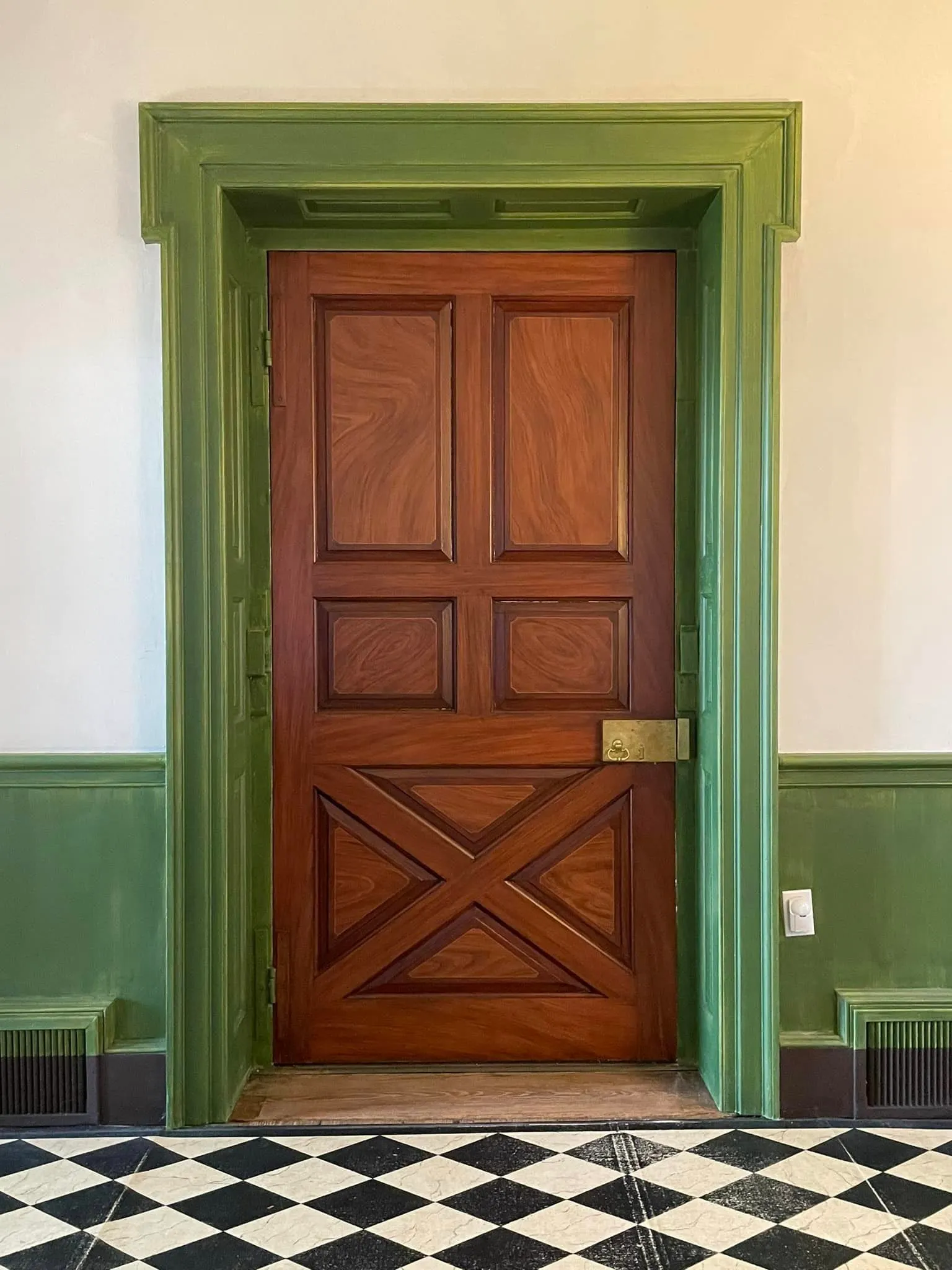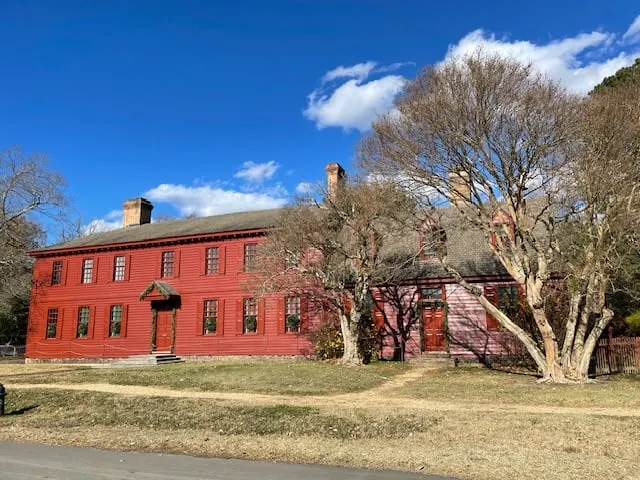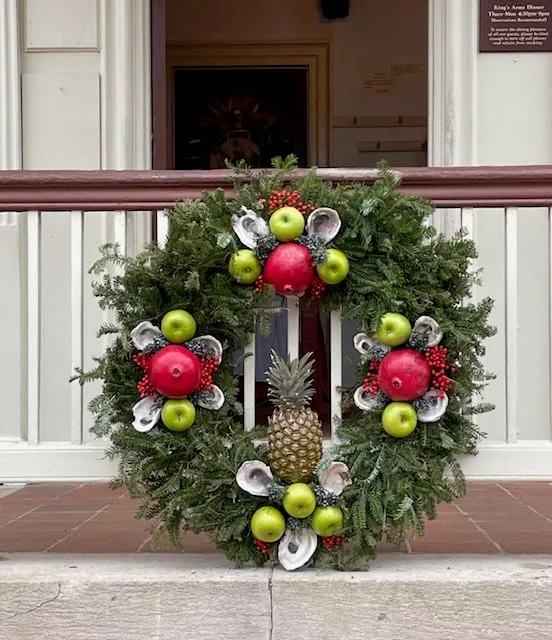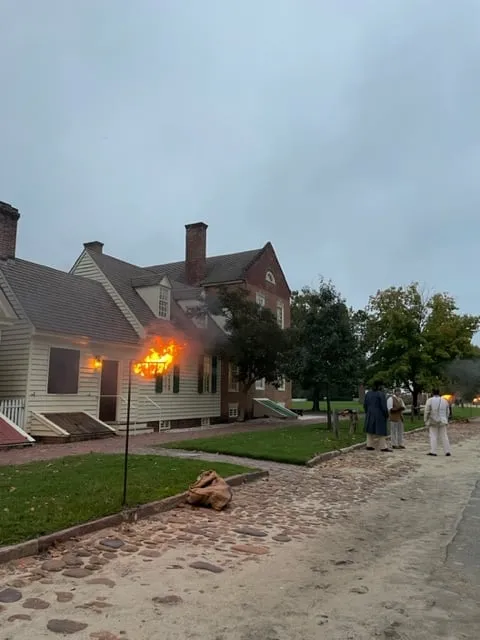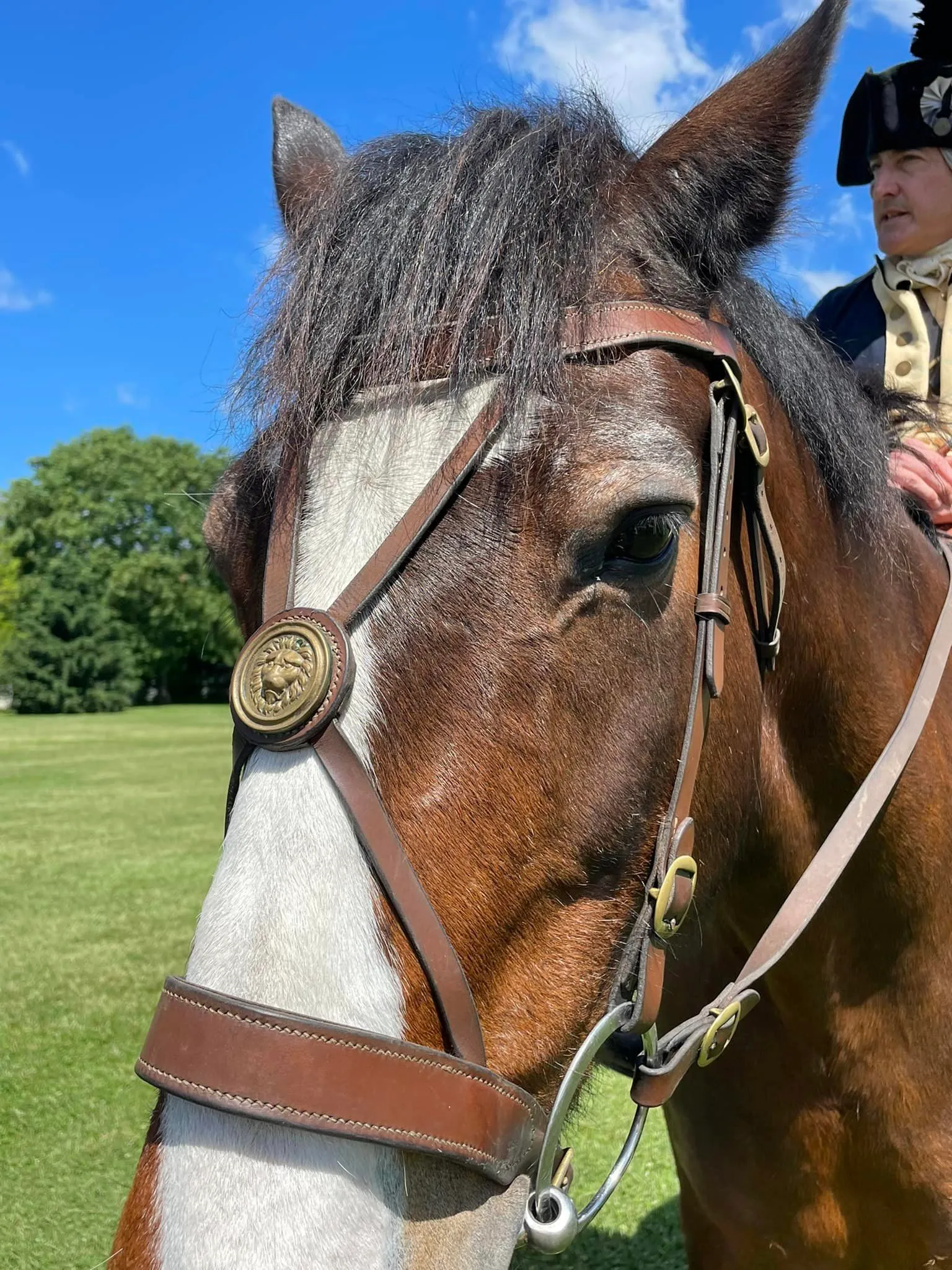Advertisements in Virginia Gazettes: Insights from the Capital City of the Largest Colony During the Revolutionary Period
Daily life fascinates me.
If you've been following along, you know that daily life in early America, as well as the people and their stories...fascinates me. How to best get a sense of it all? Primary sources. Letters are my absolute favorite; however digging into old newspapers is a pretty close second!
I've gotten lost in the Virginia Gazettes of the 18th century more than once- and for lack of a better way to share some of the gems I've found, I've decided that the source in itself- Virginia Gazettes of the 18th century - will be the theme that binds this blog post together.
So here it is: my short and fun little blog post sharing a taste of daily life during the Revolutionary era in early America. Future posts may dive into the history surrounding the types of ads, how to understand them, and maybe even the people behind them. Not today though!
Read more about the value of primary sources by clicking here.
Disclaimer: As a blogger, I use affiliate links sometimes! I may receive commission from purchases I share; it does not change your price but sometimes you might get a discount.
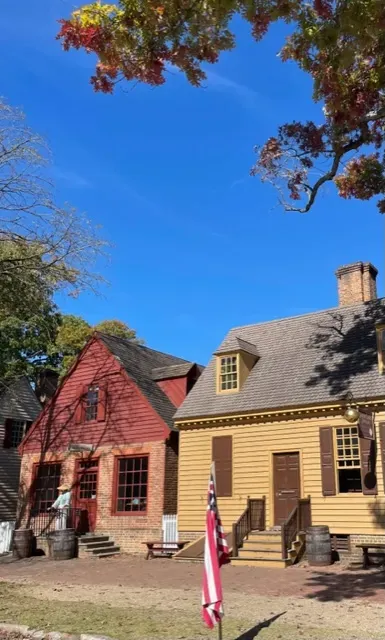
Duke of Gloucester Street, 18th century buildings
Notes about reading 18th century writing.
As mentioned earlier, a deeper dive may come. For now a few things to keep in mind:
- What appears as an "f" denotes use of an "s" in certain phrases and descriptions.
- I transcribed as best I could read the actual text- if you see an error, let me know and I will correct it.
- Capitalization is something I need to ask our printers' trade about- and if you know how it works in 18th century newspaper writing, let me know!
3 Virginia Gazette ads solidly sharing daily life (and culture).
Obviously there were updates to political events. I'll likely hit on some of that in a separate post, but for purposes of this one, I'm focusing on advertisements and announcement sharing daily life. Below are three ads that caught my eye.
A stern warning.
January 12, 1769 Purdie and Dixon
Hanover County, December 26, 1768 I HEREBY forewarn all Minifters from marrying Zebulon Tally, my fon, to Mourning Abbot, as he is under age and this fhall indemnify them for fo doing. Nathaniel Tally.
Side note: I've also seen ads warning against doing business with people, extending credit, and so on- it's amazing what people dropped into the paper for the public to see! I'd love to learn more about Zebulon and Miss Abbot- I may have to see if I can find out if they ever married!
Lost property.
January 20, 1776 Purdie and Dixon Number 1163
Lost on the road between Harwood's Mill and Williamsburg, a Chair Box containing fundry Wearing Apparel and SURGEON'S INSTRUMENTS. Whoever delivers them to the Subscriber in Williamsburg, shall receive 40s for their Trouble. John M. Galt.
Clearly, the idea of "lost and found" ads, as well as offering rewards, is nothing new. This does make me think about the fact that surgeon's instruments were out there and what damage could be done! Also- is 40s (sterling? shillings? what's the value?) a typical amount for a reward? Was Dr. Galt being cheap or offering a lot for his stuff?
RELATED: My post referencing Dr. Galt and his apothecary. Click here.
Marketing to find clients.
March 29, 1775 Pinckney Supplemental
Ladies who are inclined to learn the GUITAR may be instructed on that instrument by a lady lately arrived. Enquire of the printer.
How else can you find clients if you're arriving into a new community and your service-oriented business is "local?" How popular was the guitar for ladies? Was it common for the printer to take "enquiries?" So many questions.
RELATED: My Jane Vobe post where I referenced her announcement about her new tavern. Click here.
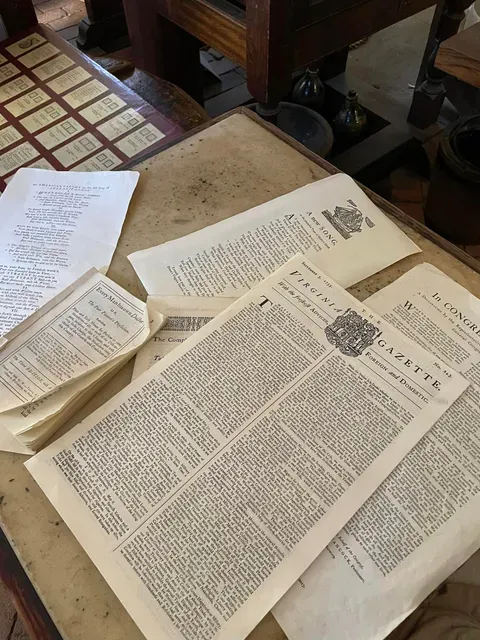
Gazette samples, Colonial Williamsburg print shop
Where you can find old papers.
Check your library~ I look for specific content digitally but the scans are tough to read. (click here to see the Virginia Gazettes on the Rockefeller Library's site)
Soooo... I write down the citation, page number and paragraph and head to the Rockefeller to read the print in volumes they have available for the public.
Does your library keep prints? Microfiche? Transcriptions online?
And importantly: what catches your eye? Please share!
Closing words from history.
Today's entry: George Washington's advertisement for the sale of western lands (an excerpt). Read in full, with notes and citations, by clicking here.
Advertisement of Western Lands, 15 July 1773
Advertisement of Western Lands
Mount Vernon, July 15 1773.
The subscriber, having obtained patents for upwards of 20,000 acres of land, on the Ohio and great Kanhawa, being part of 200,000 acres, granted by proclamation, in 1754, (10,000 of which are situated on the banks of the first mentioned river, between the mouths of the two Kanhawa’s; the remainder on the Great Kanhawa or New River, from the mouth, or near it, upwards in one continued survey) proposes to divide the same into any sized tenements that may be desired, and lease them upon moderate terms, allowing a reasonable number of years, rent free; provided that, within the space of two years from next October, three acres for every fifty contained in each lot, and proportionable for a lesser quantity, shall be cleared, fenced, and tilled, and that by or before the time limitted for the commencement of the first rent, five acres for every hundred, and proportionably, as above, shall be inclosed and laid down in good grass for meadow; and moreover that at least fifty good fruit trees, for every like quantity of land, shall be planted on the premises.
Any persons inclinable to settle upon these lands, may be more fully informed of the terms, by applying to the subscriber, near Alexandria, in Virginia, or, in his absence, to Mr Lund Washington; and will do well in communicating their intentions before the 1st of October next, in order that a sufficient number of lots may be laid off to answer the demand.
(advertisement continues)
It may not be amiss further to observe, that if the scheme for establishing a new government on the Ohio, in the manner talked of, should ever be effected, these must be among the most valuable lands in it, not only on account of the goodness of the soil, and the other advantages above enumerated, but from their contiguity to the seat of government, which more than probable will be fixed at the mouth of the Great Kanhawa.
George Washington
Are you enjoying this blog? Tip me using my online tip jar and keep me going!
There is a huge practical disclaimer to the content on this blog, which is my way of sharing my excitement and basically journaling online.
1) I am not a historian nor an expert. I will let you know I’m relaying the information as I understand and interpret it. The employees of Colonial Williamsburg base their presentations, work, and responses on historical documents and mainly primary sources.
2) I will update for accuracy as history is constant learning. If you have a question about accuracy, please ask me! I will get the answer from the best source I can find.
3) Photo credit to me, Daphne Reznik, for all photos in this post, unless otherwise credited! All photos are personal photos taken in public access locations or with specific permission.
